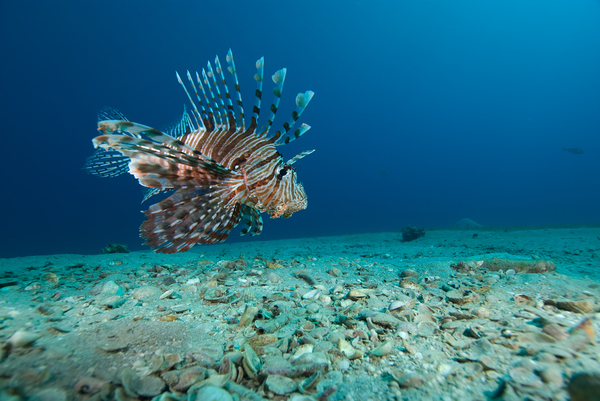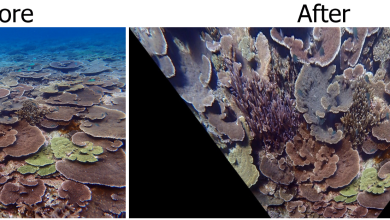Ocean Engineering: Exploring the Ocean’s Depths with Autonomous Underwater Vehicles
It’s life in the fast lane for the field of ocean engineering as underwater vehicles hit the road.
That’s because autonomous vehicles aren’t just appearing on land anymore. They can also be found exploring the ocean’s depths. Scientists are using these innovative machines for everything from improving the environment to unlocking the ocean’s secrets.
Some Common Uses for AUVs
Autonomous underwater vehicles (AUVs) operate underwater without a human operator. AUVs have been in operation since the 1970s in both America and the Soviet Union/Russia, although they were not commonly used until recently.
AUVs have been deployed by different industries to explore undersea areas and to gather information. The oil and gas industries have used AUVs to make maps of the ocean subfloor to assist in building pipelines and other undersea infrastructure. The vehicles have also been used to search for wreckage of airplanes that have gone missing or crashed, such as Malaysia Airlines Flight 370, and of sunken ships as well.
AUVs are used by many marine research facilities to observe and record underwater conditions and happenings. They can be especially useful for research in areas dangerous for submarines and divers, such as in contaminated waters or especially deep terrain.

Military Use of AUVs
The military is one of the main users of AUVs, and the vehicles have many military applications. The Navy has used or plans to use AUVs for intelligence and surveillance missions. AUVs can find and disable undersea mines. They can map the ocean floor to aid submarines. In addition, they can deliver missiles, especially those of a time-sensitive nature.
Some man-portable AUVs can also be used to ferry men and equipment to various locations. Newer AUVs have begun to mimic designs found in nature, and have found superior maneuverability and propulsion by doing so. Further advances in propulsion and power should yield even more improvements.
How AUVs Navigate
Since radio waves are unable to penetrate far into water, GPS is not useful for AUV navigation. AUVs use dead reckoning and sonar (sound) navigation. An AUV can also surface in order to get its bearings.
Not only are AUVs unmanned, they are not remotely controlled by an operator, which makes them different from drones and other remotely operated underwater vehicles. Once AUVs are programmed, it isn’t necessary for an operator to control them. AUVs can conduct their missions even in murky waters, which would make it difficult for operators to see well enough to operate a remotely-powered vehicle.
Florida Institute of Technology has its own Underwater Technologies Lab which conducts research and invests in developing technologies. As part of the ocean engineering program, the lab is working toward developing a new system for gathering oceanographic data with AUVs to a depth of 6,000 meters.
The Underwater Technologies Lab has a Bluefish AUV, a Swarming/Collaboration AUV, and an Under Ice AUV that can collect data from water that is under ice. The department also has autonomous underwater gliders. A 500 square foot electronic workshop maintains the AUVs.
Are you fascinated by AUVs and ocean exploration? Learn more about our Ocean Engineering program.
%CODE1OCEANENGINEERING%





